
Under an azure outback sky, the parched land envelops a small, shallow, lively lagoon. On the water, several pairs of small ducks catch the eye; they are incessantly spinning. Each pair is evenly separated from its neighbours and whirls around in a tight circle, with one duck following the other’s tail feathers. When one momentarily lifts its head, their identity is confirmed: they are pink-eared ducks.
It’s a funny name for a funny duck. The least apparent thing about it is its ‘pink ears’. These are the small patches of coloured feathers on the side of the bird’s head, which are only visible at certain times of the year, and even then only under close scrutiny. Much more noticeable are the bold black and white stripes on its belly and flanks that give it the alternative name of zebra duck or zebra teal.
Diese Geschichte stammt aus der June 2024-Ausgabe von BBC Wildlife.
Starten Sie Ihre 7-tägige kostenlose Testversion von Magzter GOLD, um auf Tausende kuratierte Premium-Storys sowie über 8.000 Zeitschriften und Zeitungen zuzugreifen.
Bereits Abonnent ? Anmelden
Diese Geschichte stammt aus der June 2024-Ausgabe von BBC Wildlife.
Starten Sie Ihre 7-tägige kostenlose Testversion von Magzter GOLD, um auf Tausende kuratierte Premium-Storys sowie über 8.000 Zeitschriften und Zeitungen zuzugreifen.
Bereits Abonnent? Anmelden

SNAP-CHAT
Justin Gilligan on giant spider crabs and holding hands with an octopus
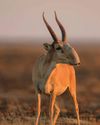
STEPPE CHANGE
Herds of saiga have returned to Kazakhstan, but there's a fine balance to tread
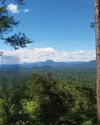
TREES FOR LIFE
Community is at the heart of conservation in the tropical forests of southern Belize
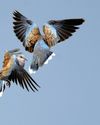
WHEN DOVES CRY
Turtle doves are now the UK's fastest declining bird species, but the RSPB is on a mission to save them

SURVIVAL OF THE CUTEST
We can't help being drawn to cute creatures, but our aesthetic preferences both help and hinder conservation

LIGHT ON THE NORTH
Spectacular images of Arctic foxes, reindeer and musk oxen reveal the wild beauty and diversity of Scandinavia
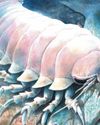
ROLLING IN THE DEEP
The super-sized crustacean that lives in the deepest, darkest ocean
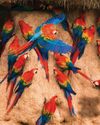
LET'S GET TOGETHER
Clay licks deep in the Amazon explode in a riot of colour, with macaws the stars of the show

FEMALE OF THE SPECIES
To sponge or not to sponge? That is the question for the bottlenose dolphins (Tursiops aduncus) living in Shark Bay, Western Australia.
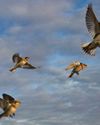
7 nature encounters for the month ahead
WITH NATURALIST AND AUTHOR BEN HOARE